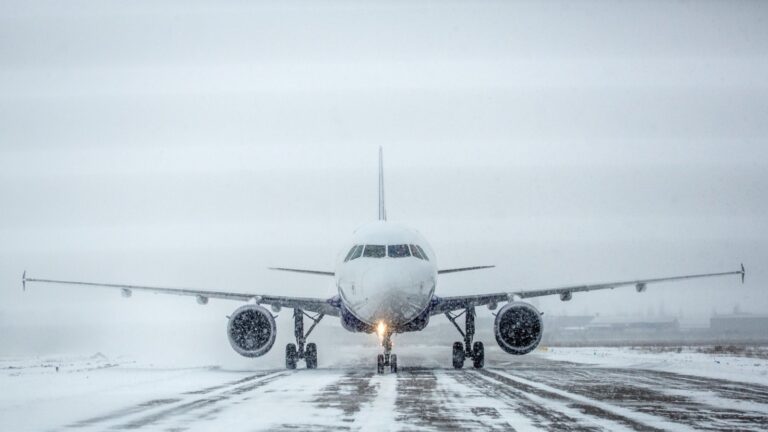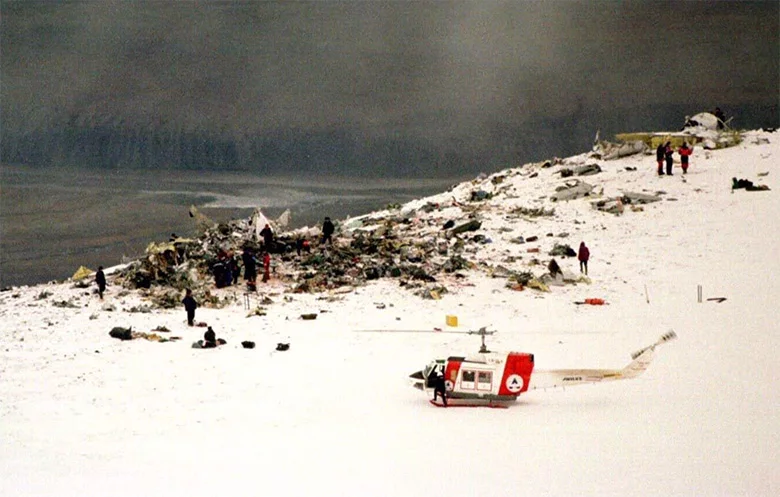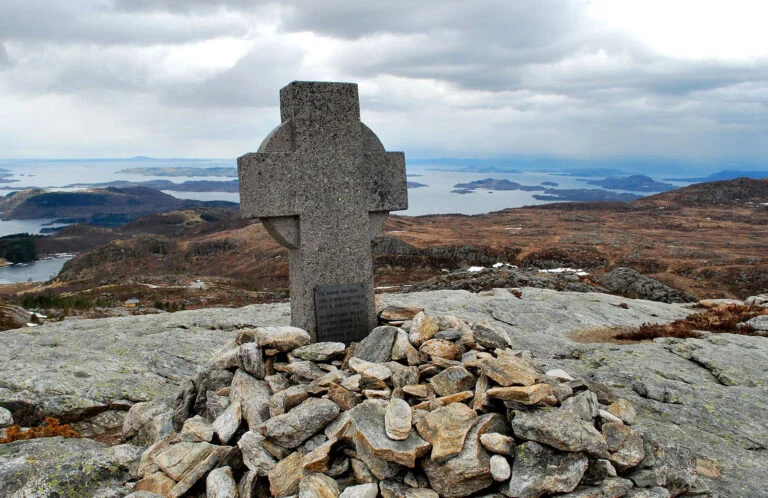More than 600 people have been killed in air crashes and accidents on Norwegian soil over the years. Here are some of the most notable accidents, along with the lessons learned.
In Norway, air travel is a vital part of daily life, providing crucial connections across the country’s complicated terrain. With many remote communities and challenging landscapes, flying is often the most efficient and practical mode of transport.

This heavy reliance on aviation makes safety a priority, and while Norwegian air travel has a strong safety record, the country has experienced a few tragic air accidents that deeply impacted both national sentiment and aviation standards.
These incidents, though rare, have played a significant role in advancing safety regulations, helping to ensure that flying remains safe for all.
Air accidents in Norway fall under the jurisdiction of Statens Havarikommisjon for Transport (Accident Investigation Board Norway).
Its goal is to clarify the sequence of events and causes, not to apportion blame and liability. It also discusses other significant conditions that could prevent accidents and incidents in order to improve aviation safety.
Vnukovo Airlines Flight 2801: Longyearbyen, Svalbard
141 fatalities, 29 August 1996. By far the deadliest accident to have ever occurred on Norwegian soil took place on the Arctic archipelago Svalbard in the 1990s.
A Russian Tupolev TU-154M operated by Vnukovo Airlines hit Operafjellet mountain in cloudy conditions on approach to Svalbard Airport. The crew of 11 and 130 passengers died instantly.
The Russian state-owned coal mining company Arktikugol chartered the plane to transport Russian and Ukrainian workers from Moscow to Svalbard. All the passengers on board, including three children, were part of the Russian communities of Barentsburg and Pyramiden.
The crew had prepared for an instrument-assisted approach to runway 10, but runway 28 was in use due to the wind direction.

Communication problems meant a late switch to runway 28 kept the navigator occupied. The frequency for the localizer approach was set correctly, but the magnetic localizer course was not set correctly.
Despite receiving conflicting information from instruments, the captain chose to continue the descent. At the time of impact, the aircraft was 3.7km off from the approach centerline. The official investigation concluded that pilot errors were the cause of the crash.
Partnair Flight 394: Skagerrak Strait
55 fatalities, 8 September 1989: In 1989, Partnair Flight 394 crashed en route from Oslo to Hamburg, killing all 55 on board. Passengers on board the charter flight were employees of the shipping company Wilhelmsen.
The investigation revealed that counterfeit bolts in the aircraft’s tail section had caused structural failure. These bolts, substandard and unfit for aviation, failed under the added vibration from the Auxiliary Power Unit (APU), which was active during the flight.
This tragedy exposed critical weaknesses in the aviation supply chain, leading to significant regulatory changes worldwide. Partnair Flight 394’s legacy is one of increased vigilance and safety in global aviation, ensuring such preventable disasters remain rare.
Braathens SAFE Flight 239: Vestmarka, Asker
40 fatalities, 23 December 1972. The scheduled flight from Ålesund to Oslo's former main airport at Fornebu just before Christmas 1972 crashed into forest near the Oslofjord. Rescuers took more six hours to find the plane.
Seven people initially survived the burning wreck. Two died soon after and one died of late complications a few years later, leaving a total of four survivors from the total of 42 passengers and crew.
Pilots had full control of the Fokker F28 Fellowship 1000 aircraft during the accident. They planned to use a common short-cut on approach to Fornebu airport, but turned too early. False signals from a radio beacon were identified as an important underlying cause, and the dark, foggy conditions prevented visual confirmation of the plane's position.
Eagle Airways: Holtaheia, Rogaland
39 fatalities, 9 September 1961. All 39 passengers and crew aboard the charter flight from London to Stavanger were killed as the Vickers 610 Viking 3B aircraft hit high terrain 18 nautical miles north-east of the airport.

The aircraft was carrying 34 teenage schoolchildren and two teachers who were heading for a camping trip in Norway.
It took search crews 15 hours to locate the wreckage, which was just 10 metres below the summit of Holteheia mountain, almost 500 metres above sea level. The official accident report recorded the cause as “a deviation from the prescribed flight path for reasons unknown”.
Widerøe Flight 710: Torghatten, Nordland
36 fatalities, 6 May 1988. All 36 people aboard the de Havilland Canada Dash 7 were killed as the plane hit the landmark Torghatten mountain on approach to Brønnøysund Airport in foggy conditions. The 271m-high mountain is in an area of otherwise flat terrain.
The flight was a local shuttle service scheduled to fly from Trondheim to Bodø via Namsos, Brønnøysund, and Sandnessjøen. The plane left Trondheim late because of technical issues with another plane.
Investigators found the cause of the crash to be that the approach was started approximately 7km too early. No specific reason was found, although several regulations and procedures were not complied with. Visibility was poor but within limits set for landings using instruments. Several errors were discovered on Widerøe's maps.
Also, because of the fully-booked status of the flight, the jump seat in the cockpit was given to a passenger. The passenger remained in place even after some passengers left the plane at Namsos. Investigators found that the passenger held conversations with the captain, which could have distracted him.

The commission recommended that the Civil Aviation Administration change the flight paths at Brønnøysund to increase the minimum altitude around Torghatten. They also recommended that Widerøe:
- Update its maps for Brønnøysund
- Review and improve its landing procedures
- Improve its internal control procedures to ensure that pilots follow the airline's flight operation regulations
- Introduce the ‘Sterile Cockpit' rule, whereby only crew are allowed in the cockpit.
Other notable accidents
There were several notable air accidents with high number of fatalities during World War II. Three separate crashes in pro weather killed 47 during Operation Doomsday at the culmination of the war.
The most recent accident with fatalities occurred when Atlantic Airways Flight 670 overshot the runway at Stord Airport. The British Aerospace 146-200A fell slowly down a cliff and burst into flames, killing four of the 16 people on board.
Given the number of helicopters travelling between the west coast of Norway and oil rigs in the Norwegian Sea, it is perhaps unsurprising that there have been several helicopter accidents over the years. Most recently, the crash of a Super Puma 225 near Bergen killed all 13 on board.


İ believes always Norwegens carefully and inspected Every motion and happenings very well.So registered Every think as soon as possible.We believes İn Türkiye that Norwegen people taka care very much. Best regards from Türkiye.